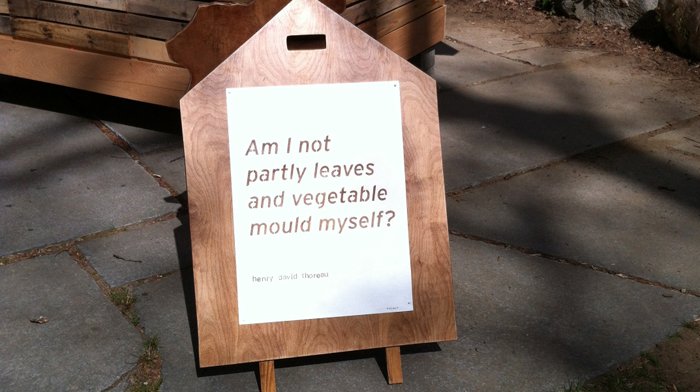Field Station Concordia
2013/14
Field Station Concordia takes the form of a field station created from reclaimed materials in the dimensions of Thoreau’s cabin at Walden. Sited in various locations at The Decordova Sculpture Park and Museum in 2013, it was created as a platform for the gathering of data about the local ecology in the form of observations, handmade and virtual representations, and texts and maps that challenge and reimagine the separation of human and natural agency. Activities include: data collection, community gatherings, citizen science, handmade and digital explorations of plant and animal life, and questions about the vibrancy of matter and our role in the stresses and resiliences of ecosystems. The project seeks to activate individuals to engage in participatory ecology in a desire to activate our connection to this vague thing we have called “nature” with political, social and economic meaning and weight. The project uses embodied engaged observation to map a civic engagement with our backyards as part of the larger ecosystem of towns, industries, politics, and economies.
We can consider the field station as a sensorium for a fully porous perception of the landscape triangulating from the DeCordova through Concord to on the one end Great Meadows (an Important Birding Area, National Wildlife refuge, and naturalists haven) and on the other end at 2229 Main Street in Concord, Nuclear Metals Superfund site (which got its start in 1942 as part of the Manhattan project). The project is guided by the radical environmentalism of Thoreau, who saw himself politically, spiritually, economically, and socially as one active agent in a community of active agents. Thoreau’s lifetime of observations in the form of the Kalendar (as he called it, a seasonally organized collection of his observations of weather, plant phonological phases, birds, mushrooms, lichen, etc.), journal and published reflections, and surveying (as a constant walker of the land and as a paid surveyor) echo in the project in the form of collections of observations (photographs, monoprints, maps), texts (lists, a field guide, and edited dialogs), inks made from the site, citizen science projects, and mobile architecture (the reimagined cabin field station).
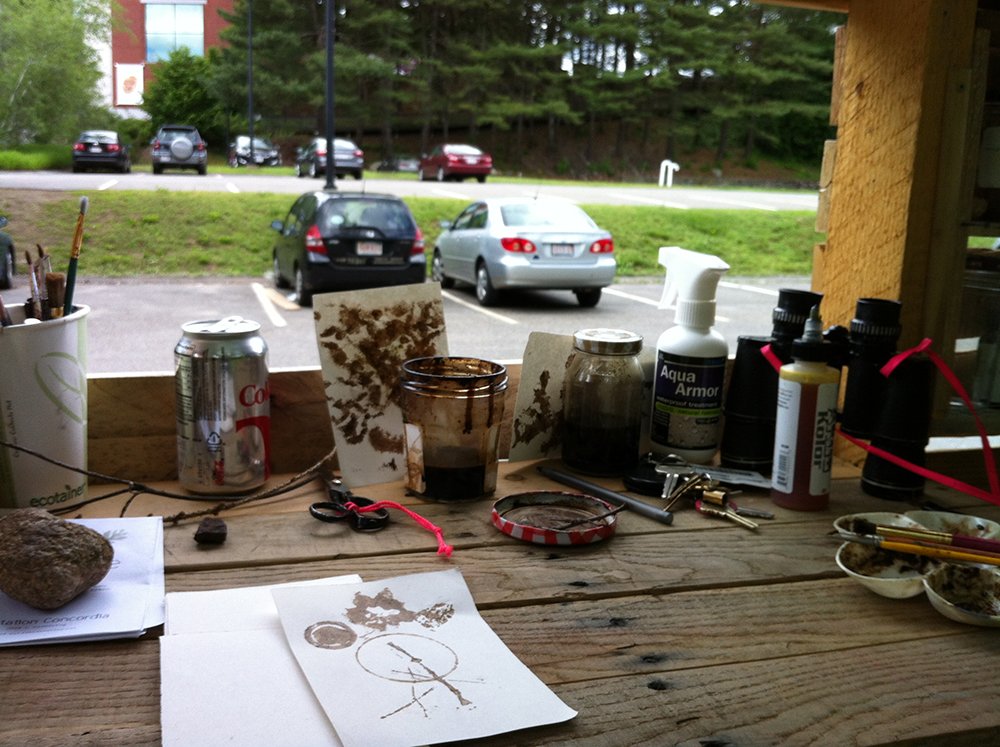
ink printing
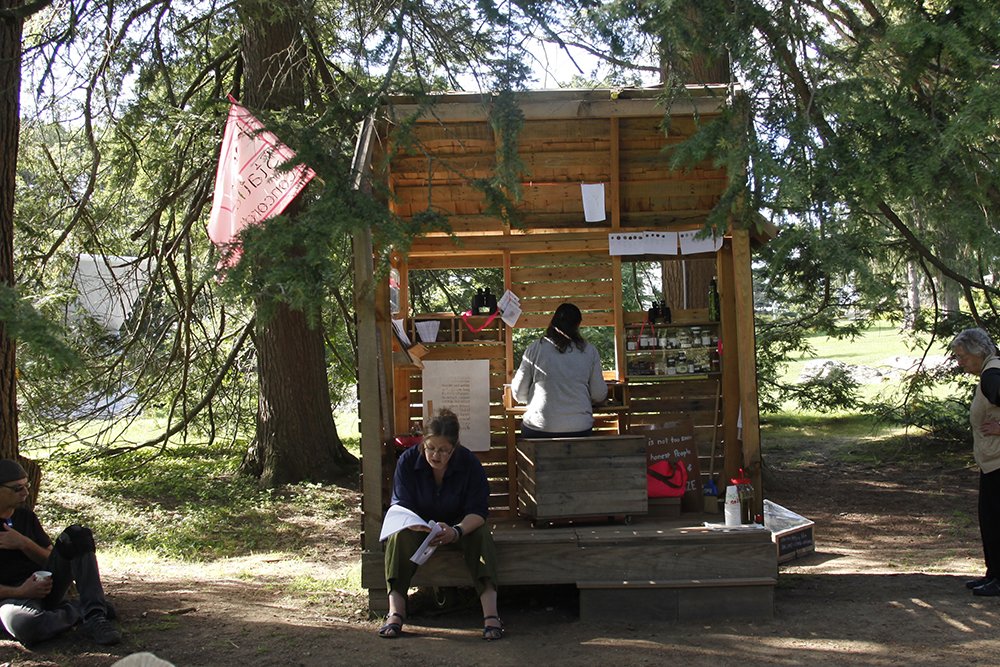
Reading for a Blind Bird, with Judith Leemann
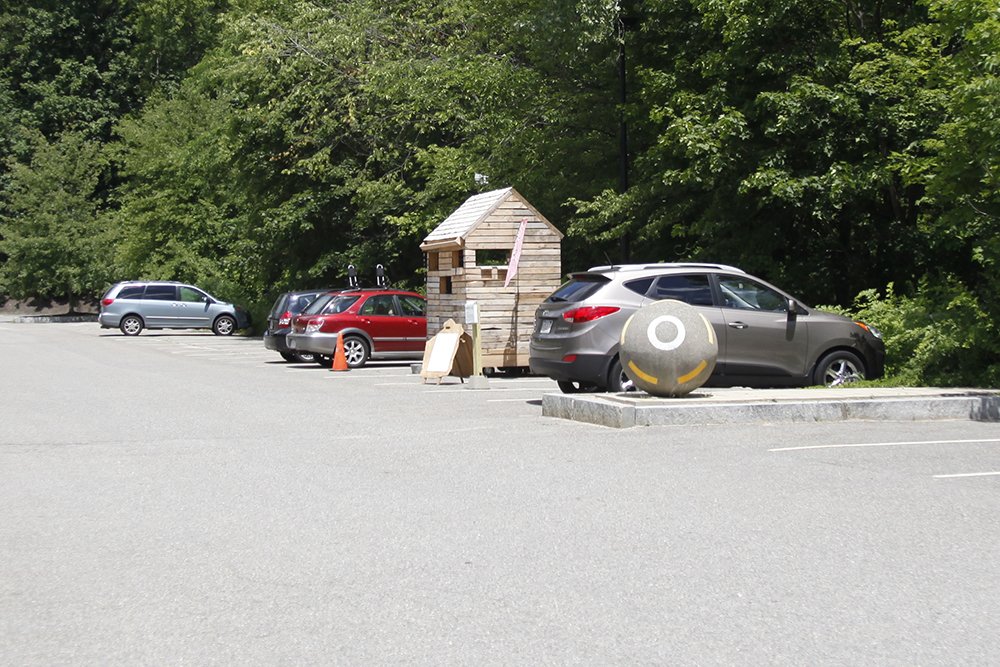
in the parking lot
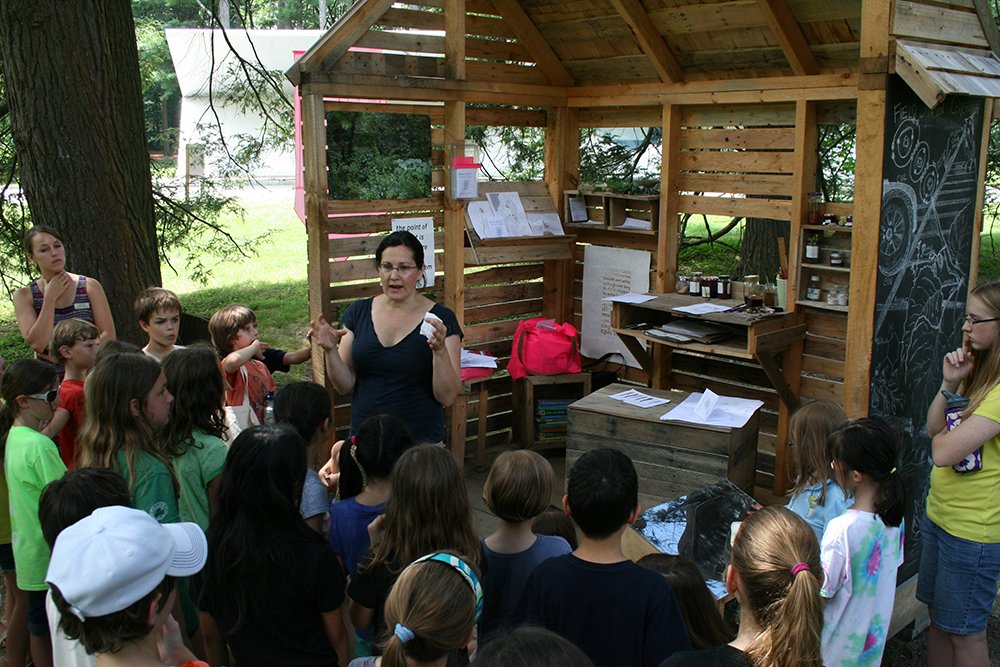
Sharing about observations with a school group
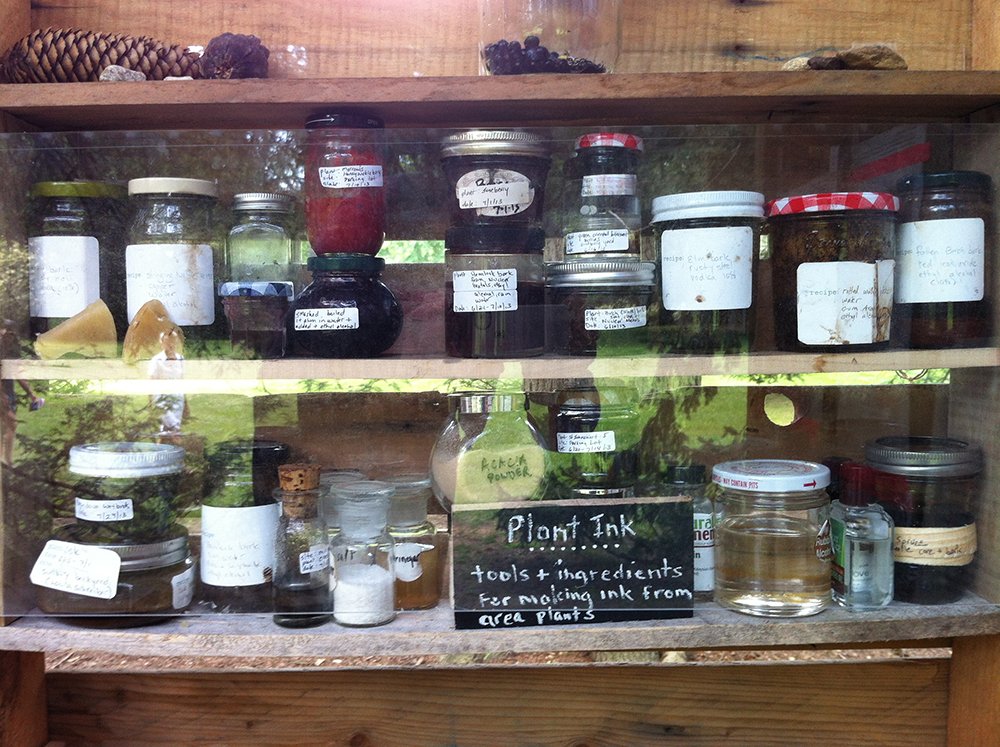
a collection of inks made from plants and soil in the area

a first ink test
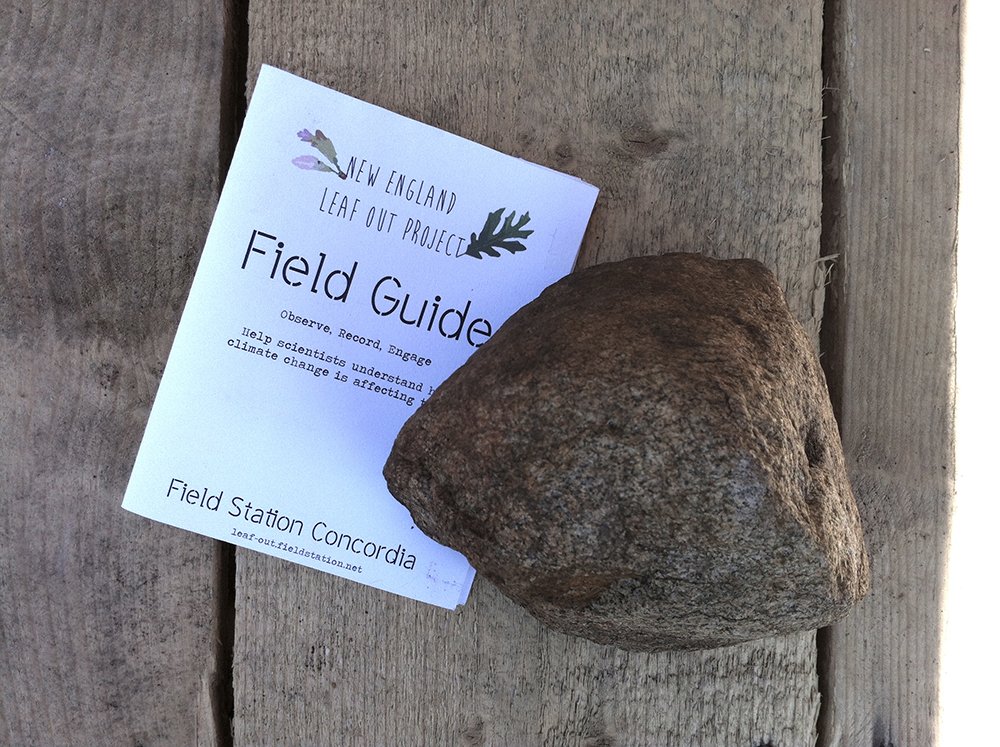
Field Guide for the New England Leaf Out Project
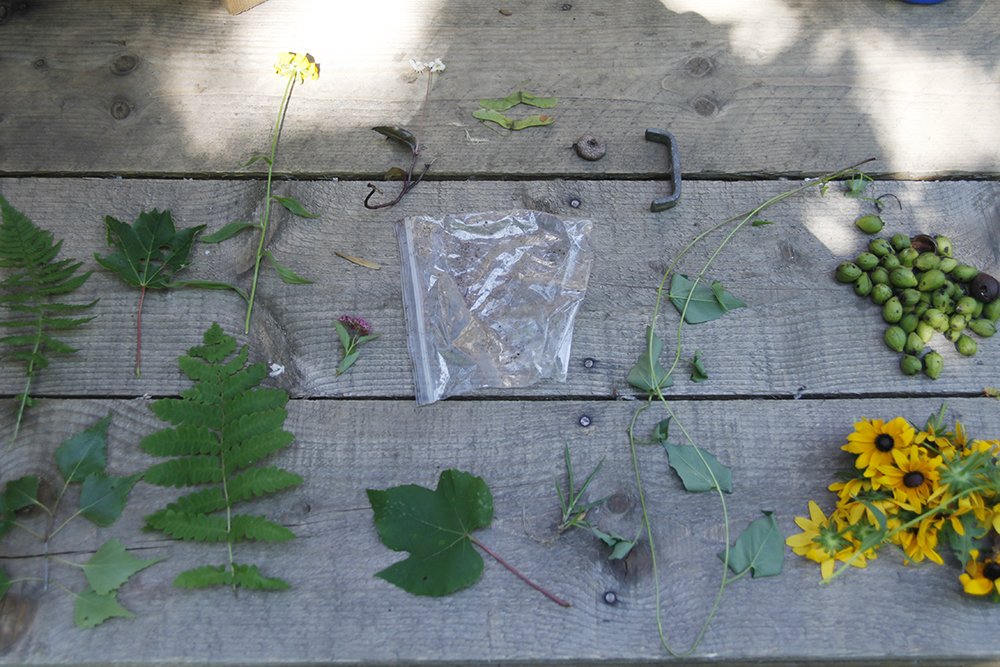
collecting materials from the site to print

prints and thoughts
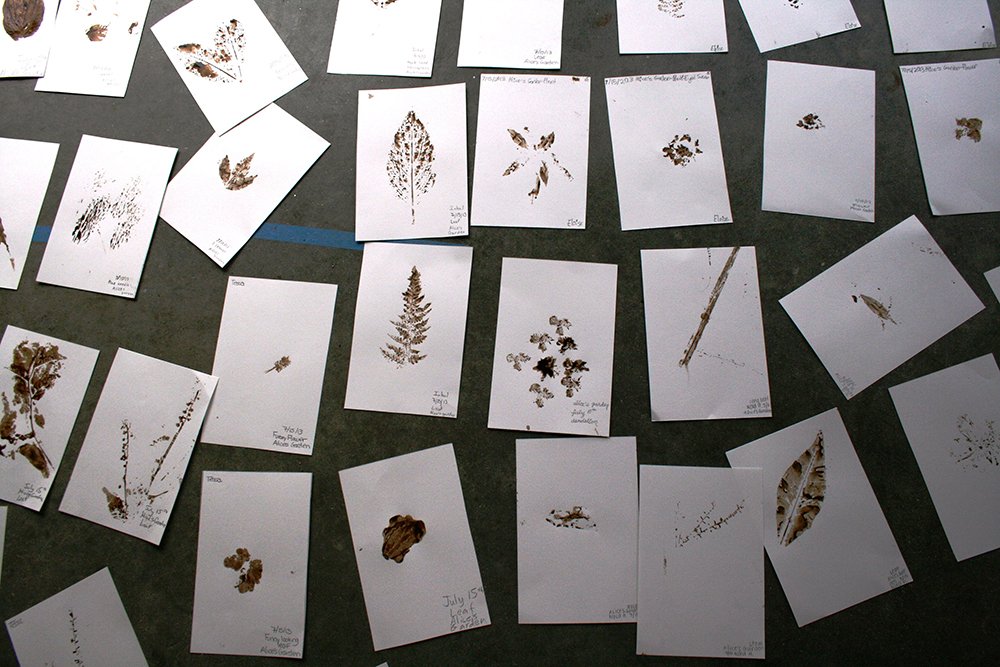
prints made by students of the HIVE camp

foraging and ink play with a nearby school
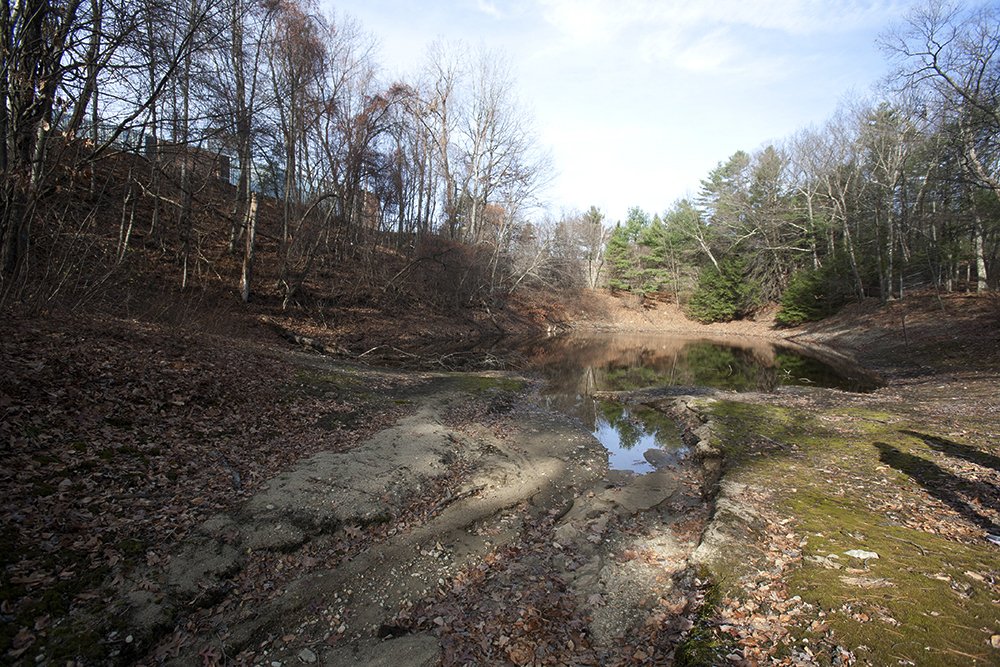
the cooling pond at Nuclear Metals, a superfund site in West Concord
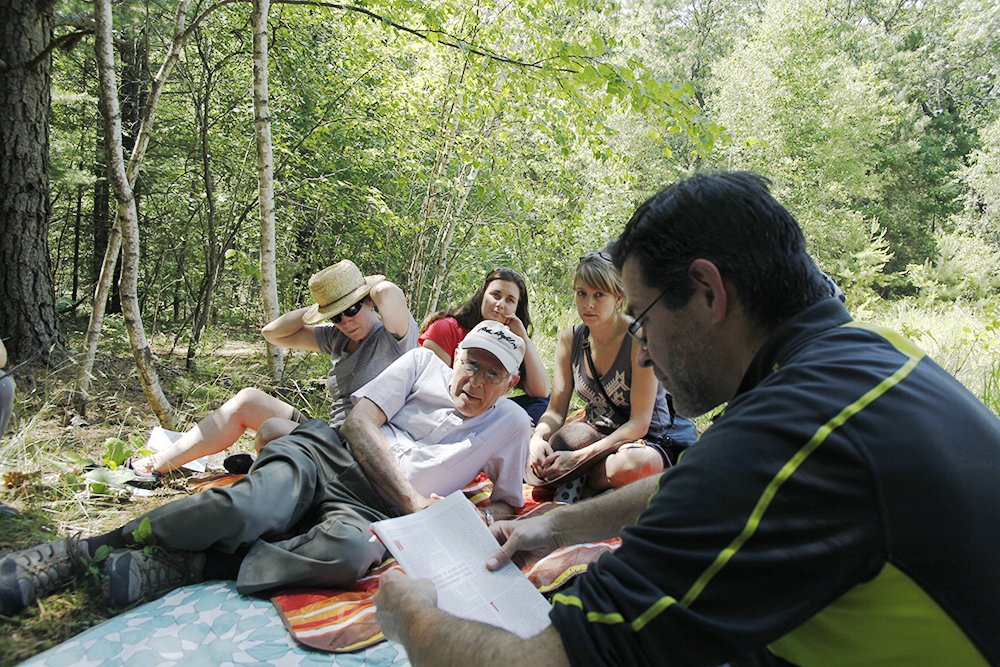
a conversation at Brister's Hill with Wen Stephenson
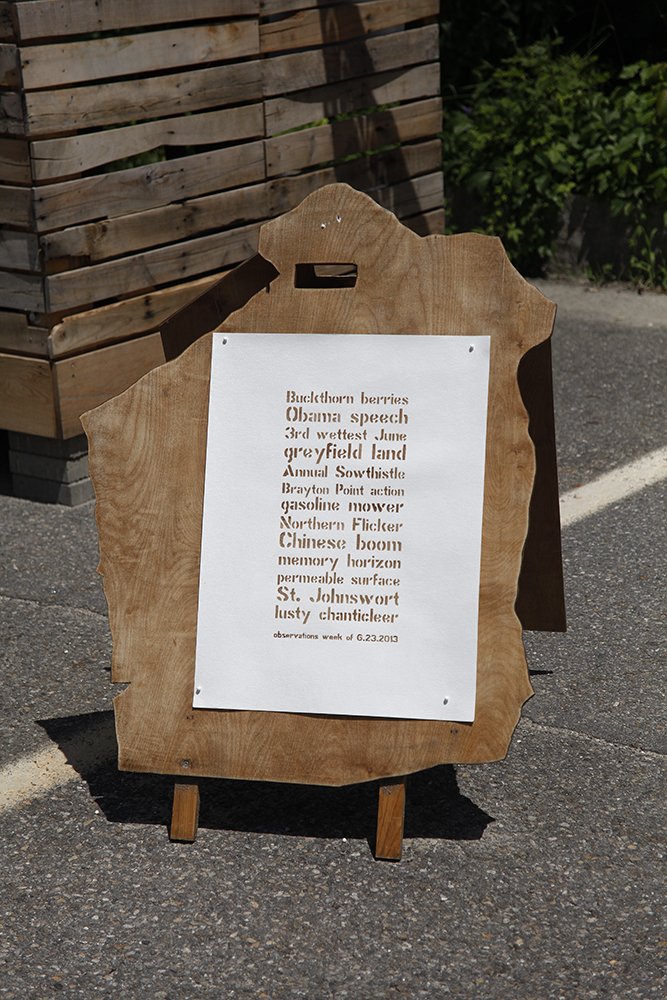
Broadside: observations in the parking lot

a citizen science project with botonist and BU professor Richard Primack

in the parking lot
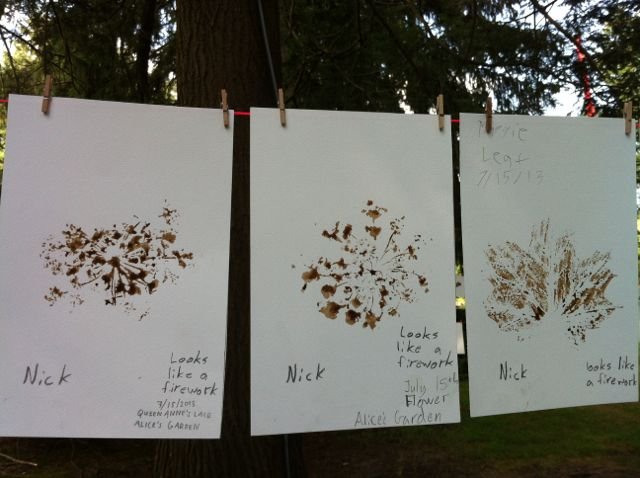
"looks like a fireball"
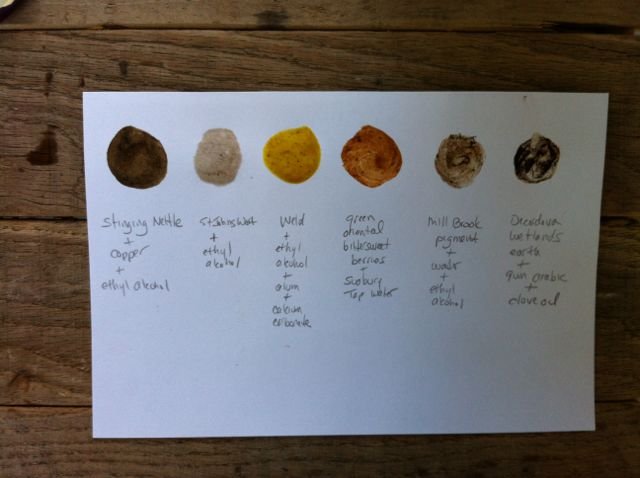
more ink tests
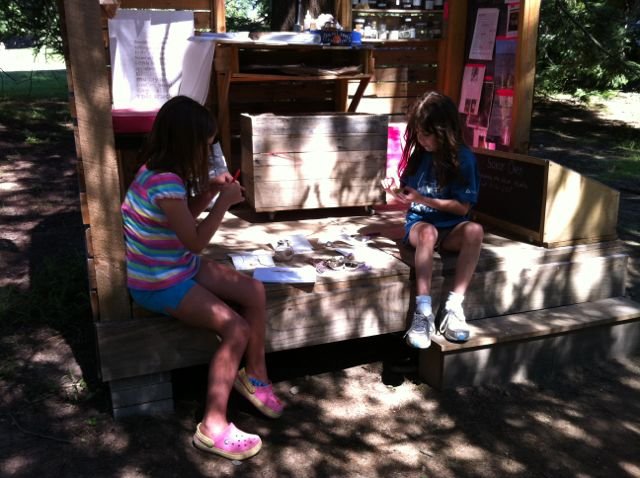
found these kids working at the Field Station in July
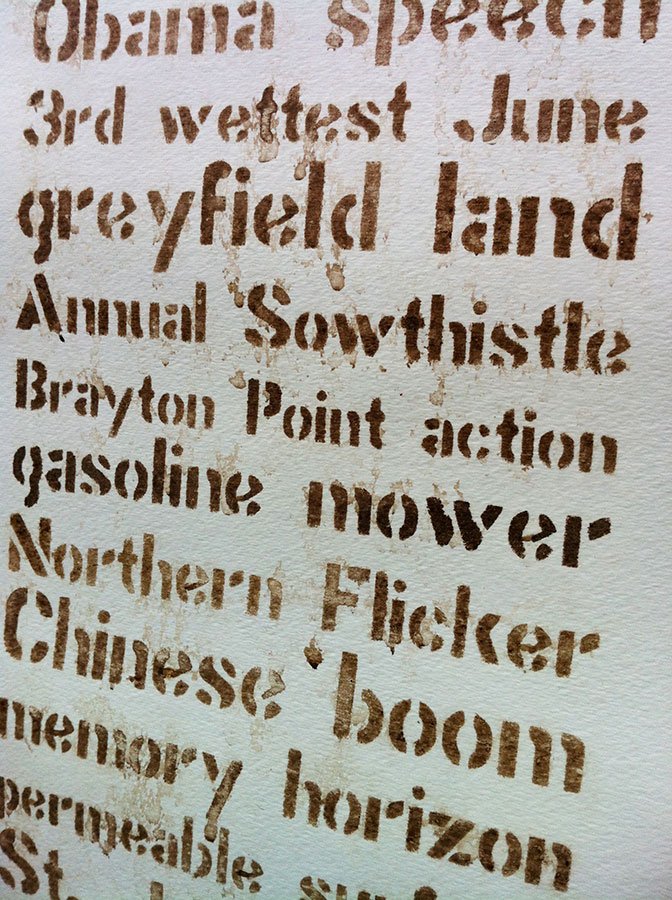
Broadside: observations June 2013


